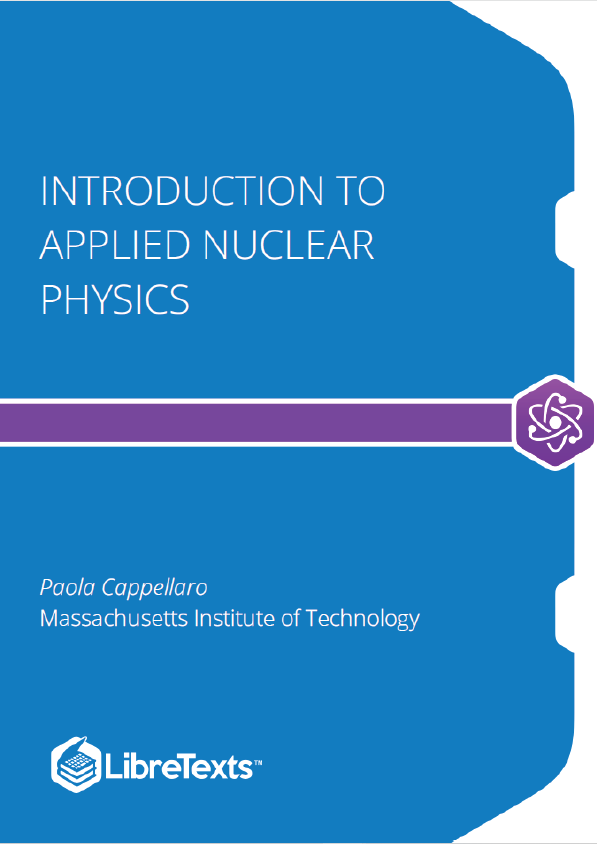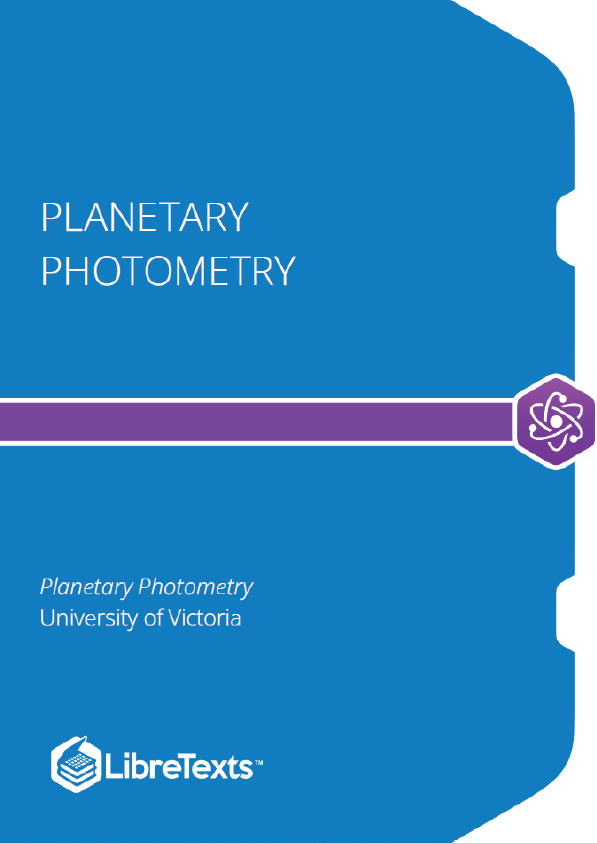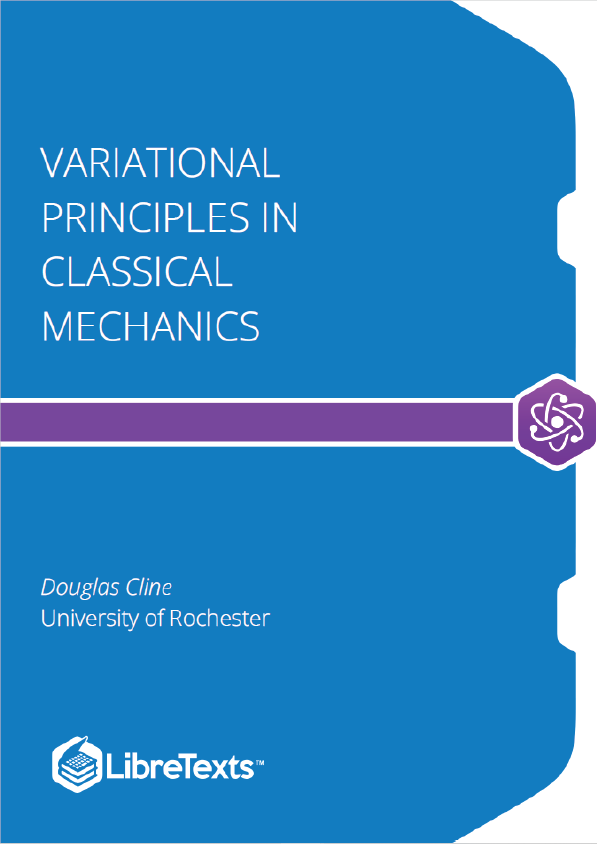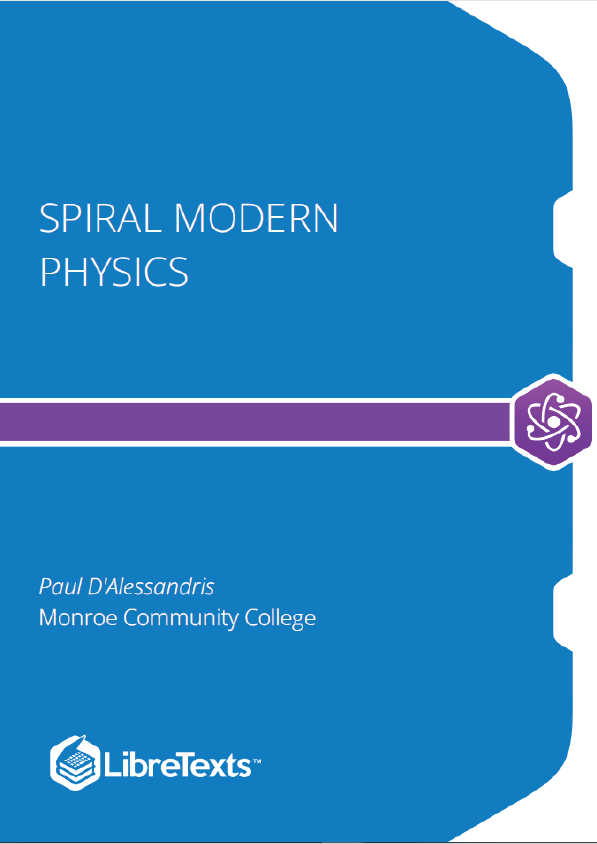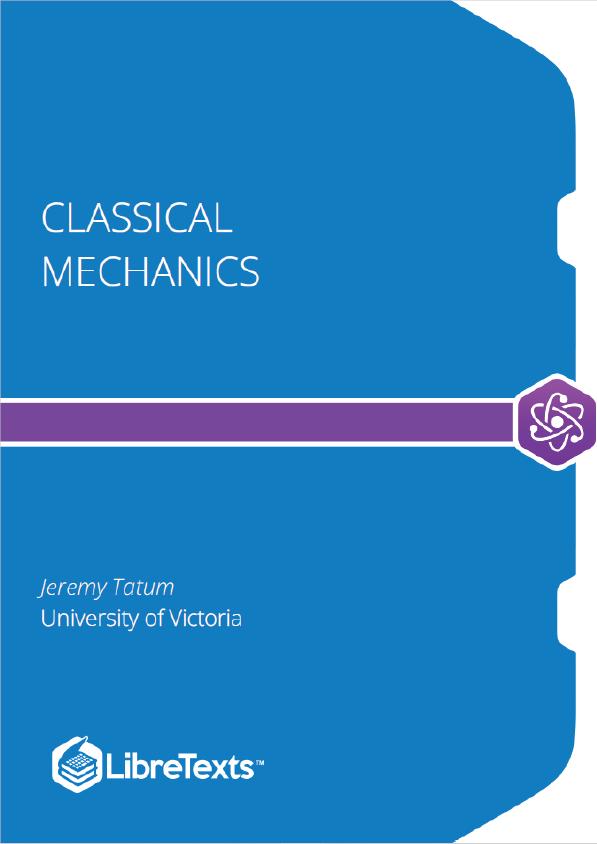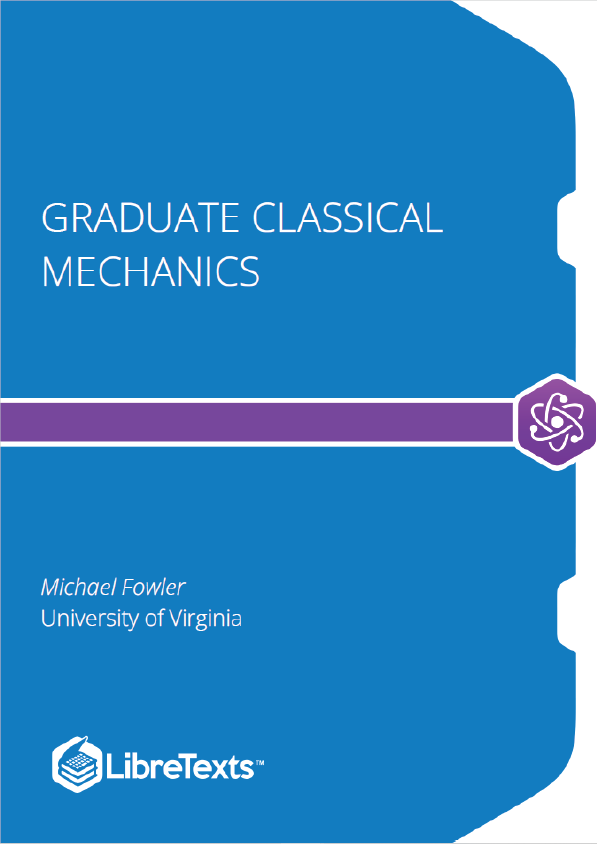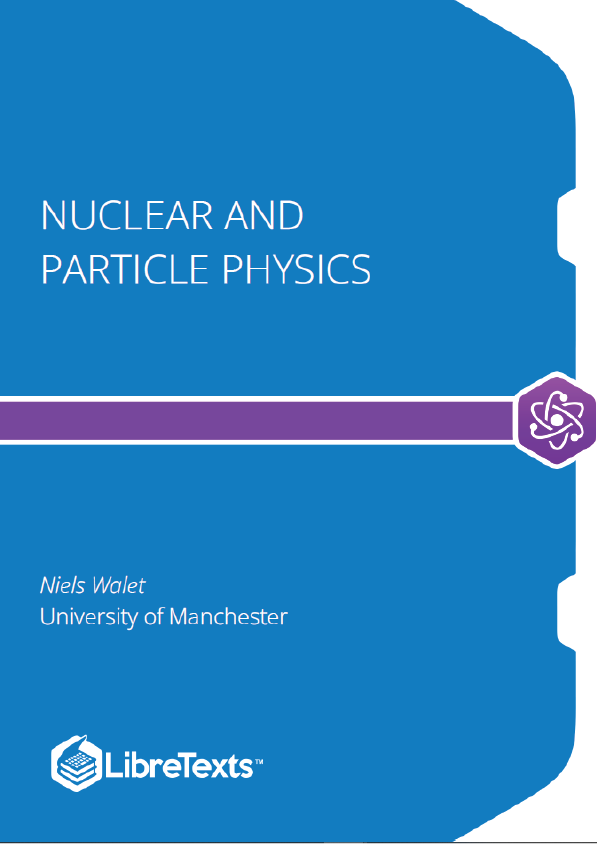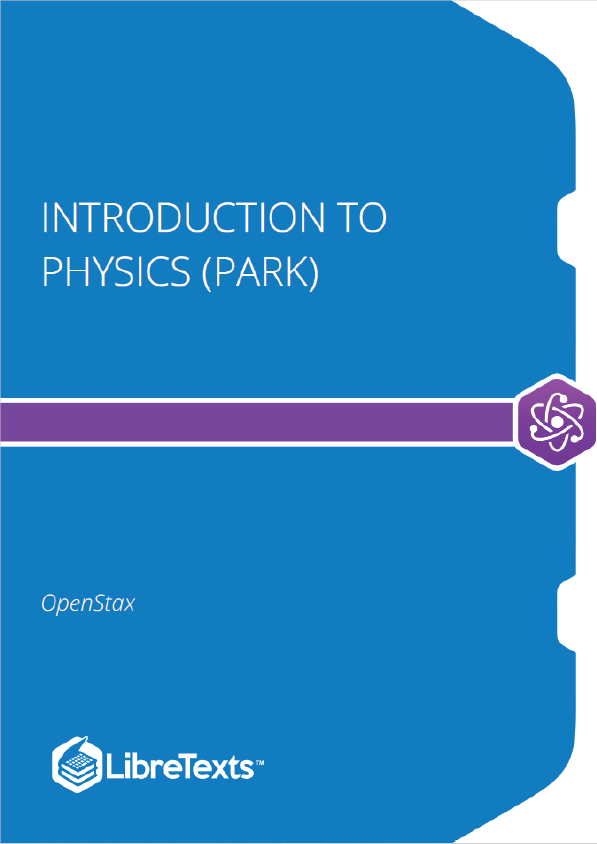This text covers basic concepts of nuclear physics with emphasis on nuclear structure and interactions of radiation with matter. Topics include elementary quantum theory; nuclear forces; shell structure of the nucleus; alpha, beta and gamma radioactive decays; interactions of nuclear radiations (charged particles, gammas, and neutrons) with matter; nuclear reactions; fission and fusion.
Nuclear Radius
The radius of a nucleus is not well defined, since we cannot describe a nucleus as a rigid sphere with a given radius. However, we can still have a practical definition for the range at which the density of the nucleons inside a nucleus approximate our simple model of a sphere for many experimental situations (e.g. in scattering experiments). A simple formula that links the nucleus radius to the number of nucleons is the empirical radius formula.
Binding Energy
Two important nuclear properties that we want to study are the nuclear binding energy and the mass of nuclides. You could think that since we know the masses of the proton and the neutron, we could simply find the masses of all nuclides with the simple formula:
However, it is seen experimentally that this is not the case. From special relativity theory, we know that to each mass corresponds some energy, . Then if we just sum up the masses of all the constituents of a nucleus we would have how much energy they represent. The mass of a nucleus is also related to its intrinsic energy. It thus makes sense that this is not only the sum of its constituent energies, since we expect that some other energy is spent to keep the nucleus together. If the energy were equal, then it wouldn’t be favorable to have bound nuclei, and all the nuclei would be unstable, constantly changing from their bound state to a sum of protons and neutrons.
Semi-empirical mass formula
The binding energy is usually plotted as B/A or binding energy per nucleon. This illustrates that the binding energy is overall simply proportional to A, since B/A is mostly constant.
There are however corrections to this trend. The dependence of B/A on A (and Z) is captured by the semi-empirical mass formula. This formula is based on first principle considerations (a model for the nuclear force) and on experimental evidence to find the exact parameters defining it. In this model, the so-called liquid-drop model, all nucleons are uniformly distributed inside a nucleus and are bound together by the nuclear force while the Coulomb interaction causes repulsion among protons. Characteristics of the nuclear force (its short range) and of the Coulomb interaction explain part of the semi-empirical mass formula. However, other (smaller) corrections have been introduced to take into account variations in the binding energy that emerge because of its quantum-mechanical nature (and that give rise to the nuclear shell model).
